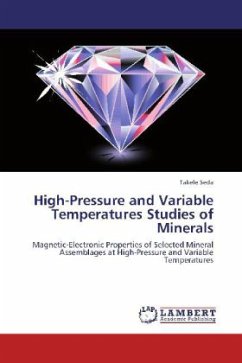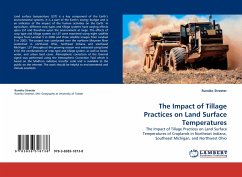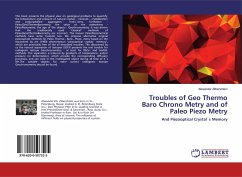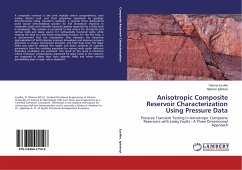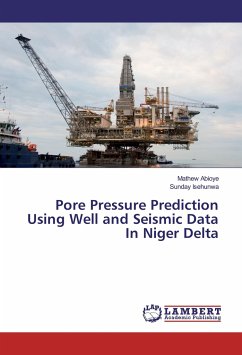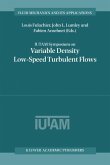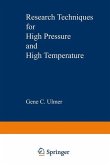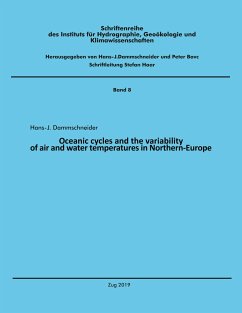High pressure and variable temperature studies of synthetic FeS and Fe7S8 as well as natural FeTiO3 have been carried out in a diamond anvil cell. FeS in the low-pressure less than ~7 GPa has thermally activated charge carriers and a high-spin electronic configuration, whereas monoclinic-FeS above ~7 GPa adopts a magnetically quenched low-spin state and non-metallic behaviour associated with the filled valence band. By contrast Fe7S8 is magnetic and metallic below ~5 GPa and diamagnetic metallic above this pressure. The Fe3+/Fe2+ ratio in natural ilmenite samples shows rapid increase under pressure from ambient up to ~2 GPa, as deduced from 57Fe Mössbauer pressure studies. Pressure induced intervalence charge transfer away from the ferrous sites, conceivably across regions of octahedra, to the empty 3d manifold of the Ti4+ cation in an adjacent face-sharing layer along the c-axis may account for the change in the Fe3+/Fe2+ ratio. This is the first heteronuclear intervalence charge transfer observed by high-pressure Mössbauer study.
Bitte wählen Sie Ihr Anliegen aus.
Rechnungen
Retourenschein anfordern
Bestellstatus
Storno

